|
The definition of dearth is “a scarcity or lack of something”. When beekeepers use this term, we are referring to a lack of floral sources for the bees.
We use the word dearth as a reference of time. Meaning, right now we are in dearth in Kansas and Missouri. The bees have stopped bringing in nectar to store for consumption. That means, they will start eating their previously stored honey. As they eat their stored honey, it will open cells for the queen to lay eggs in. This is especially beneficial going into fall/winter. Dearth is a normal part of beekeeping but can bring about mood changes in your bees. I often hear, “my bees were sweet all year and now they’re just mean”. The girls are very aware that they have honey to protect. So, they are defensive. Imagine working all summer to store honey and having a giant being opening your storage area and touching all your hard work. What do you do now as new beekeepers? Just keep on doing your weekly inspections – looking for eggs. If you have empty supers on, remove them. We are done with the flow for now. We may have a fall flow but wait until there is one before you put your supers on. Why? Because all that empty space is where the adult hive beetles like to congregate. It’s time to start planning your mite treatment. Strips aren’t beneficial right now because there isn’t a whole heck of a lot of capped brood yet. I’ll be doing my OA treatment in the next couple weeks. Refer to my previous blog about mite treatments to get the details on what I do. Remember, these are your bees though, so you do what you feel is best for them. All I can do is tell you what I do. In closing, I want to say that this has been a rough summer for yours truly, but I am a firm believer that everything happens for a reason. My back injury led me to a new primary care doctor. This primary care doctor ran blood work which came back irregular. Basically, my thyroid was not working. Further tests were ran, including a sonogram of my thyroid. Four large tumors were discovered. I recently had my thyroid removed and one of the tumors came back positive for cancer. It is a blessing that my thyroid and all the tumors are now gone. I’m sharing this because I haven’t been as available by phone, text, email, etc this summer as I normally am. Sometimes you have to take a break from everything and focus on your health. Several of you have sent me wonderful messages. You’ll never know how much that has meant to me. I love all of you and I hope your bees are doing well. I’m back doing consultations now, so call me if you need me to come out and look at your hive and give you some pointers. Sometimes I simply provide peace of mind that your hive is doing well. 816-739-0726. I charge $100 to come out, if you are within 30 minutes of Belton, Missouri. Thanks! Honey Bound Hives
What is a honey bound hive? It’s a hive that has too much honey stored in the deeps and therefore it is bound with honey. When this happens there is no space for queenie to lay, and there’s a chance the hive will abscond. Abscond is when the whole hive leaves, not just ½ in a swarm. Why do they abscond and not just swarm when this happens? Because if there’s no room for the queen to lay eggs, they can’t make several replacement queens, so they just simply leave. Everything in a hive is about balance. Enough honey, enough pollen, enough eggs, enough capped brood and enough room. Sounds complicated right? I think the bees know what they are doing, but sometimes a little help from us isn’t a bad thing. What we love to see as beekeepers is honey on the outside frames, with capped brood in the center. 4 frames of capped brood in each deep is wonderful. Does that always happen? Heck no, haha! If your top deep is all honey, that is not surprising at all. I’ve seen that several times. As long as you have capped brood in the bottom deep, you are looking good. But, the pain is you have to lift off the top deep to inspect. Here’s what I do if I see all honey in my top deep. I remove a couple of the frames in the center and give them empty frames. I then leave those honey frames out and let them clean them up. Hopefully they will use this honey to build comb on the new frames you’ve just given them, and the queen will use those to lay eggs in. I will say that this year has been a phenomenal honey year. I haven’t seen this kind of honey production since I started beekeeping. The white dutch clover has come back at least 5 times where I’m at. Normally it comes back twice. What that means is, if you mow white dutch clover, it’ll bloom again. So, if you aren’t seeing full capped brood frames, don’t worry. The bees are bringing in honey so fast this year, they are just storing it in cells faster than the queen can lay eggs in them. The flow is coming to an end and this will take a wild turn soon. They’ll start eating or backfilling some of the honey they’ve brought in, giving her space to lay. Remember, it takes 6-8 pounds of honey to make 1 pound of wax and they need all that wax to cap that wet honey. This year, we needed a ladder to look at our supers! I’ll post how many pounds we got once we extract it all. |
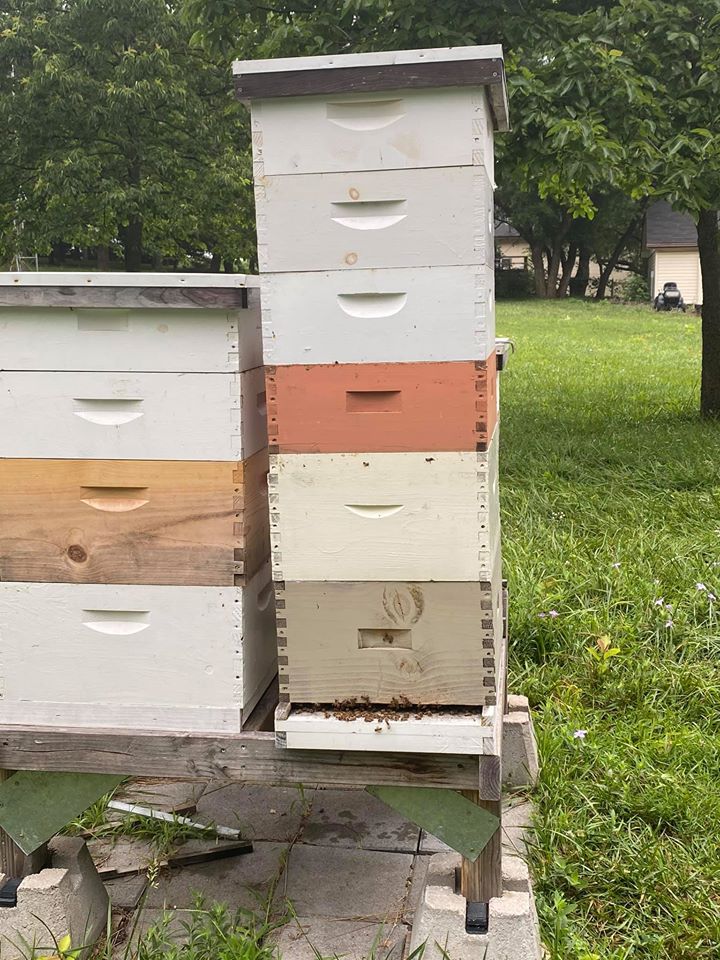
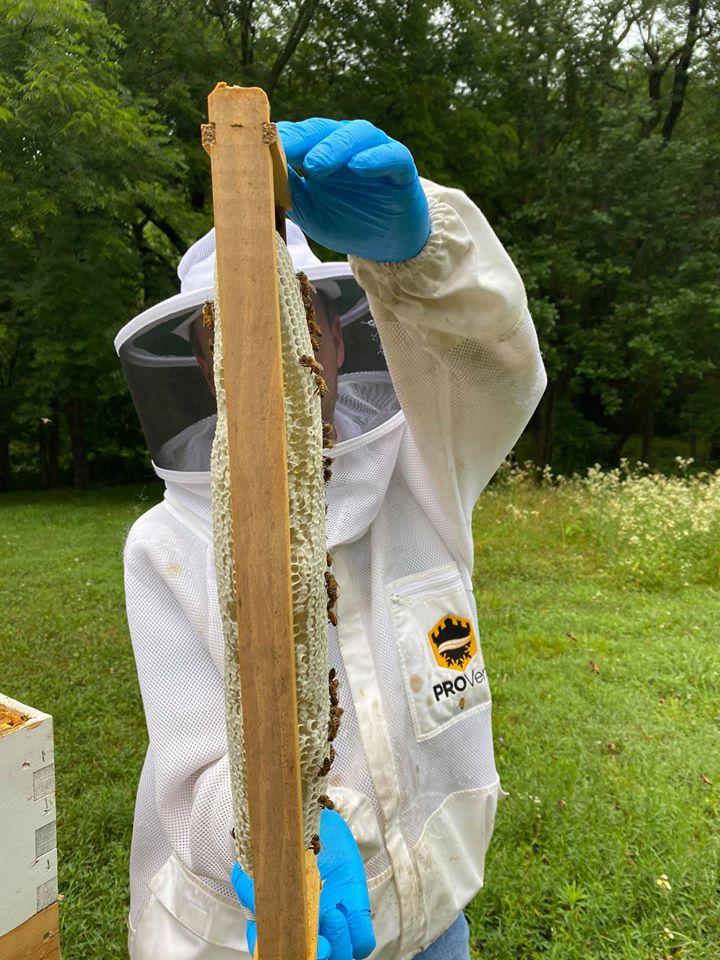
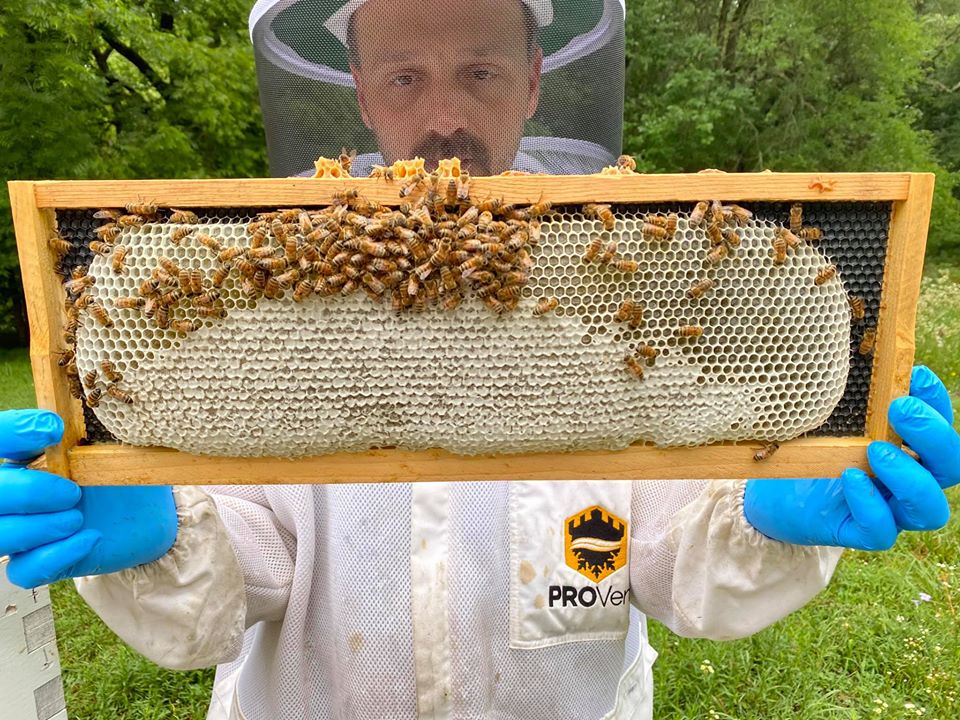
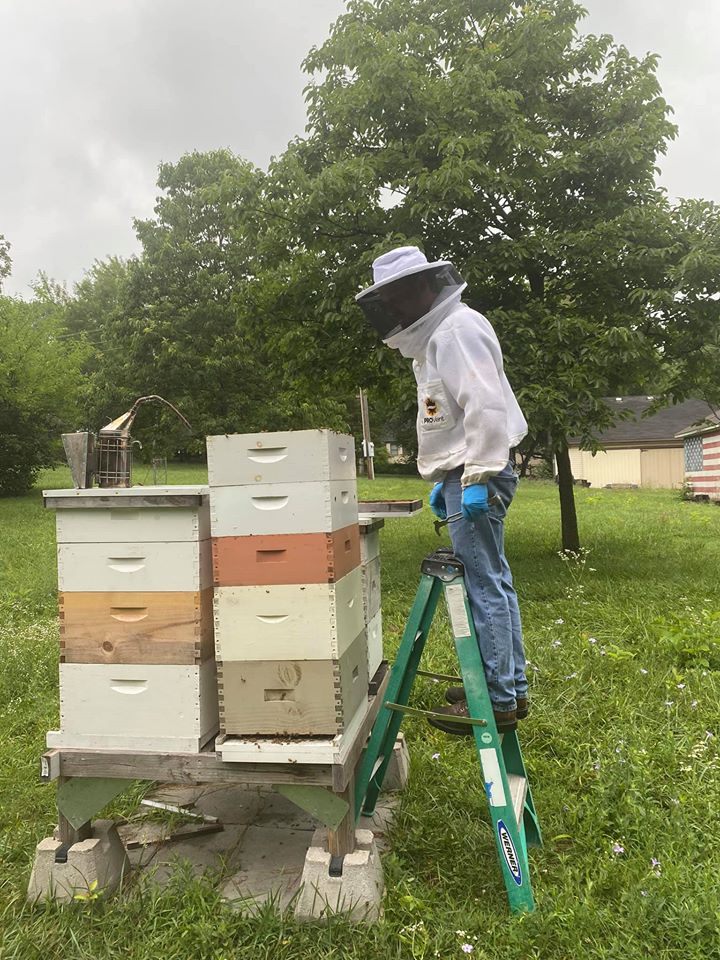
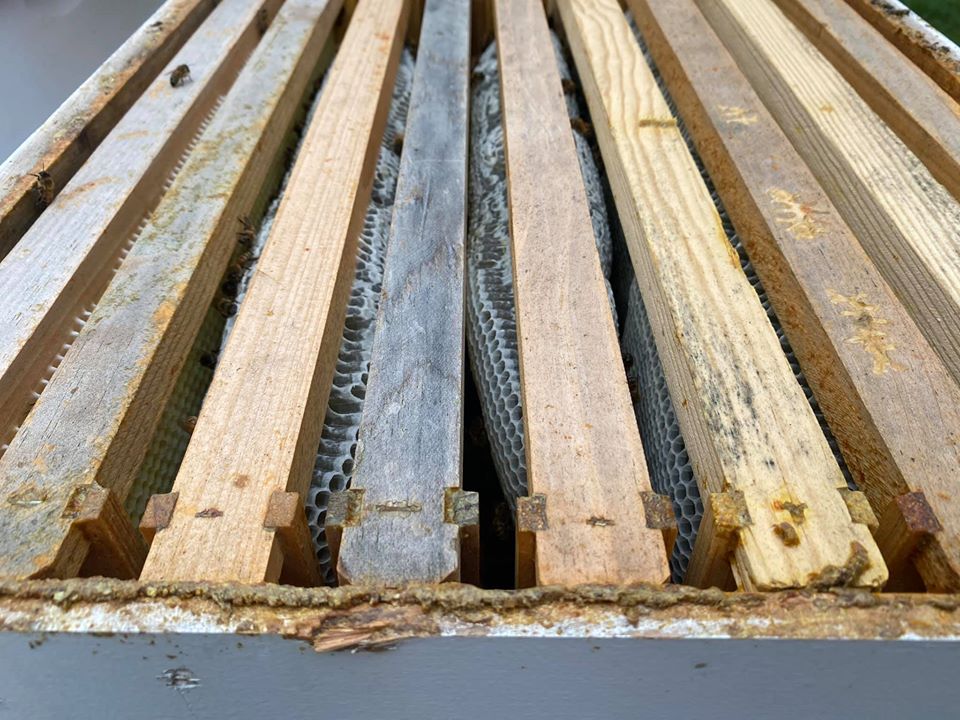
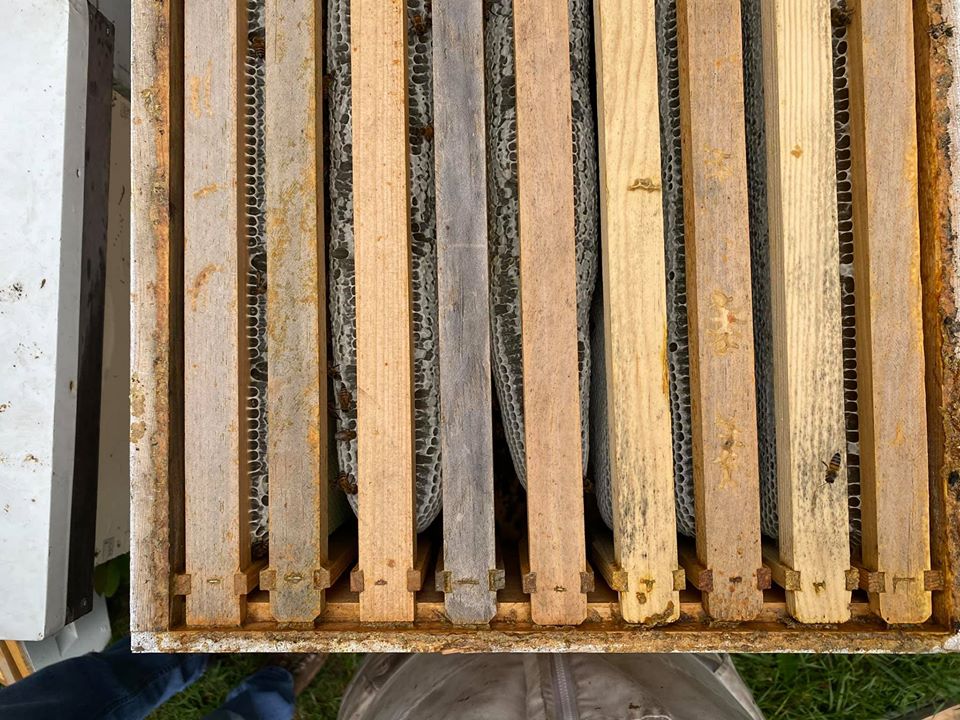
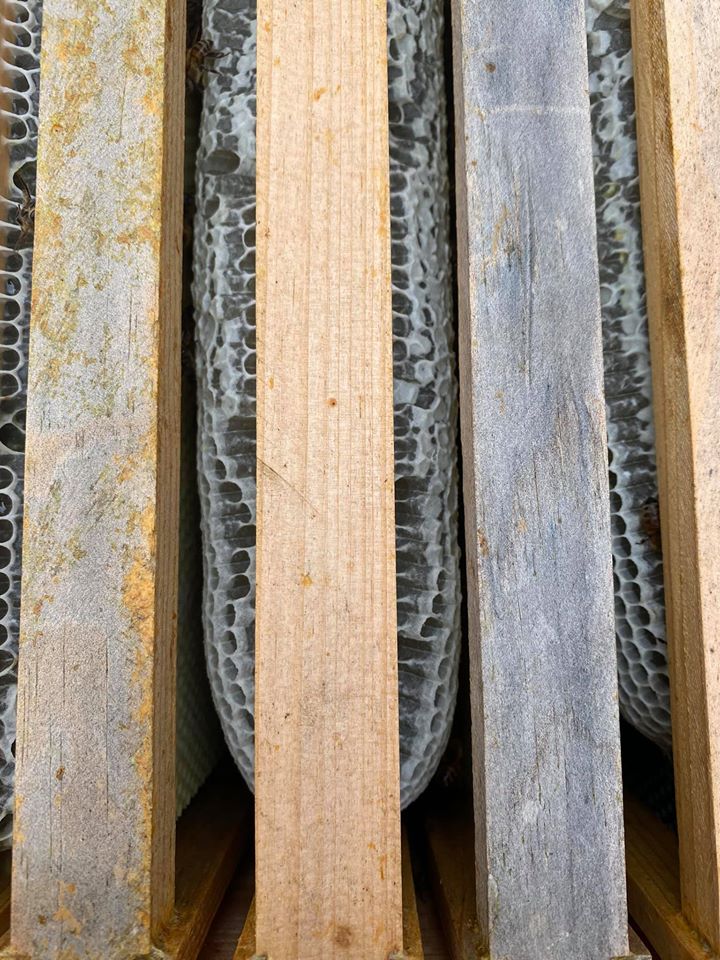
 RSS Feed
RSS Feed